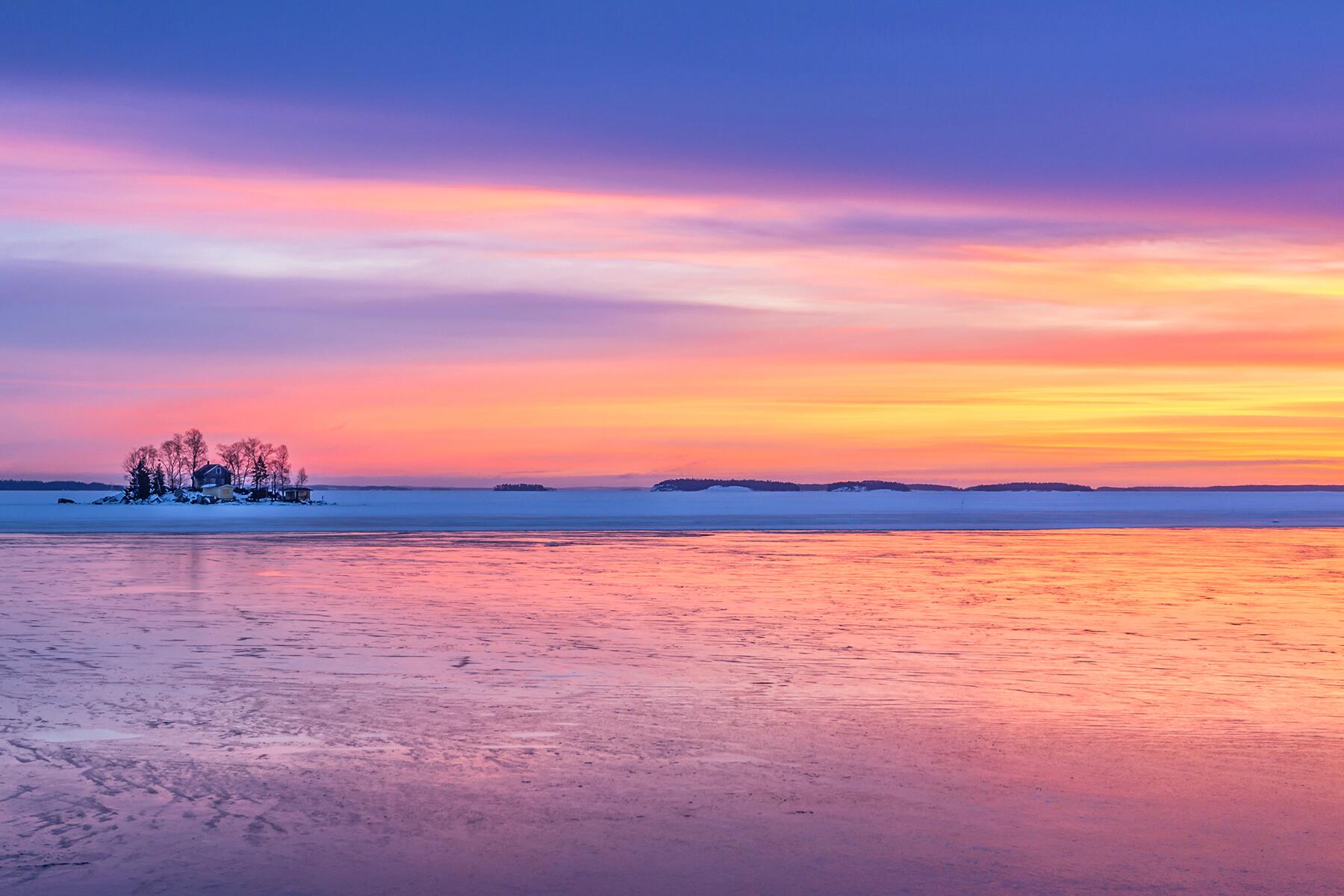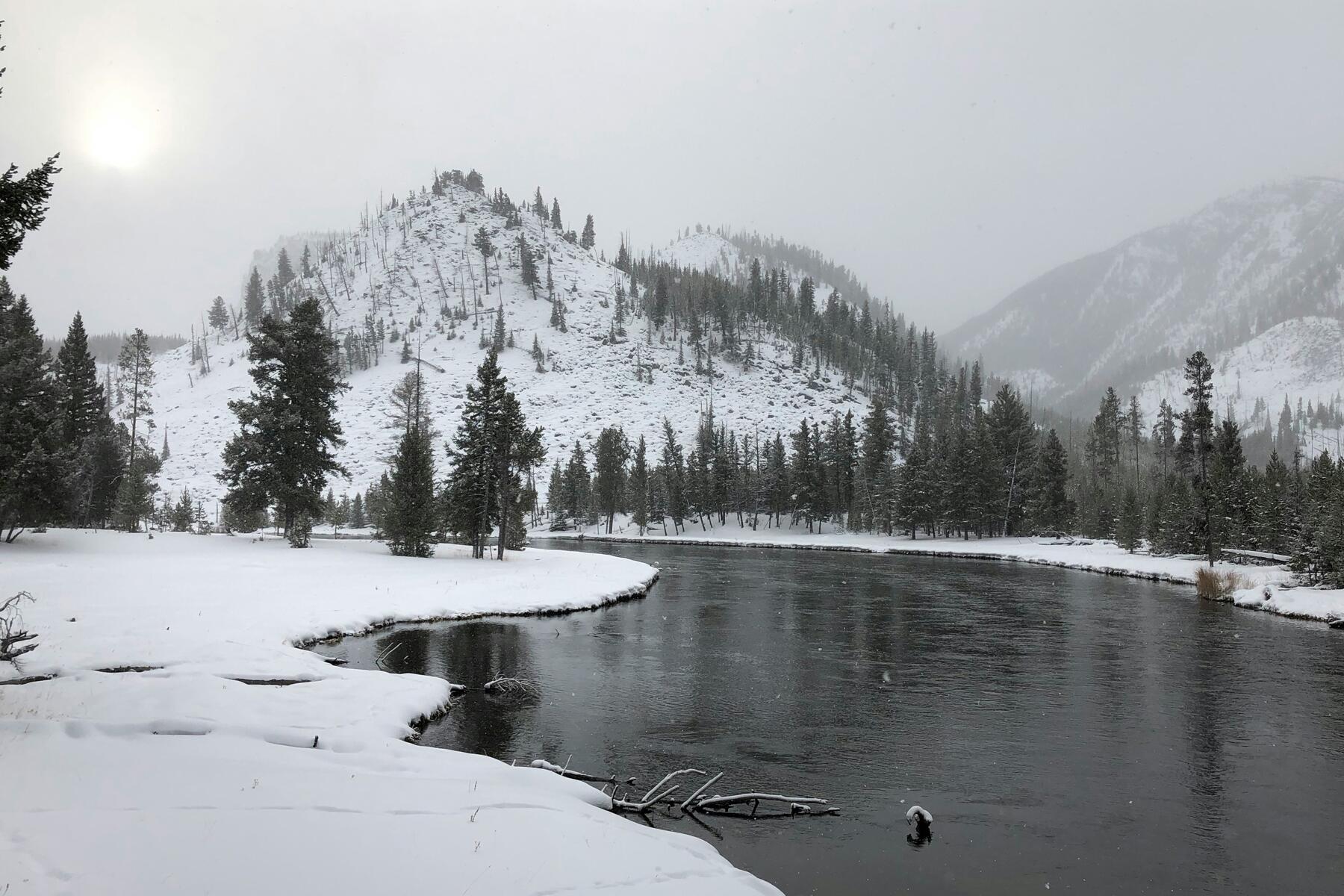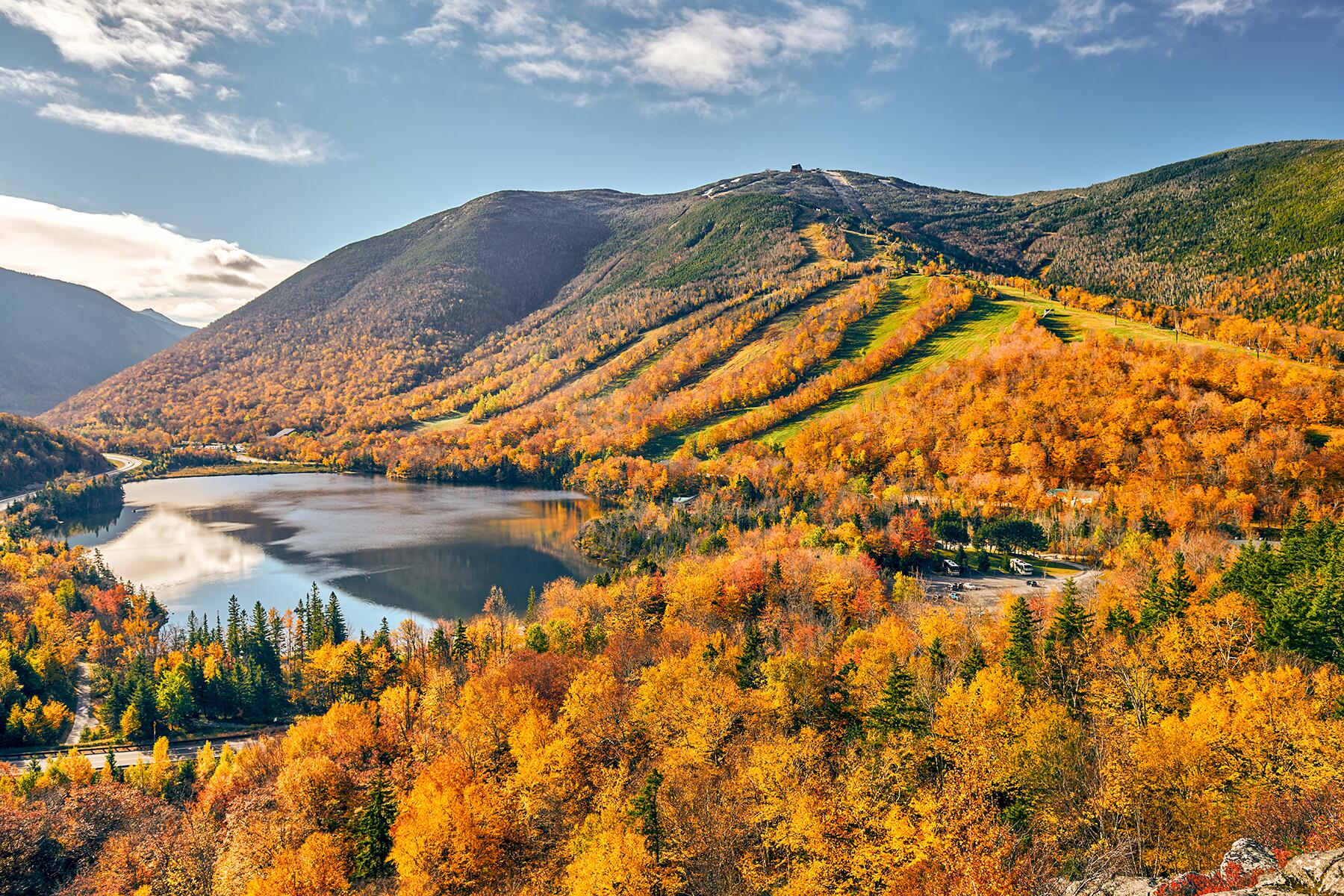The truly great outdoors.
More than a third of the United States is made up of forests or woodland areas, which adds up to around 822 million acres altogether–and we rely on them more than you might think. Over 200 million Americans get their drinking water sourced from forests. Forests themselves aid in protecting drinking water cleanliness by the reduction of soil erosion, and the filtration of harsh chemicals and sediments. They reduce risks in times of natural disasters (landslides, flooding), as well as reduce the amount of carbon dioxide in the atmosphere, thus alleviating the effects of climate change to the environment. In short, they are crucial to our survival (and the planet’s).
A complete list of the most important forests in the United States would be every single forest–these are just a few of the most gorgeous ones the country has to offer. They have been ranked in order of importance, to specifically me, based on…well, nothing really–personal preference. Here are some of the loveliest forests in the United States.






Sierra National Forest is great, it's for someone who wish to avoid crowd and spend some time lonely midst of huge mountains with oak trees and meadows filled with wild flowers. Loved each and every minute there, the gorgeous views waiting in every turn , topography changing now and then. From lakes to thick green mountain to almost all dead trees in some upper parts it offers all sorts of adventure for nature lovers. Worth a visit.